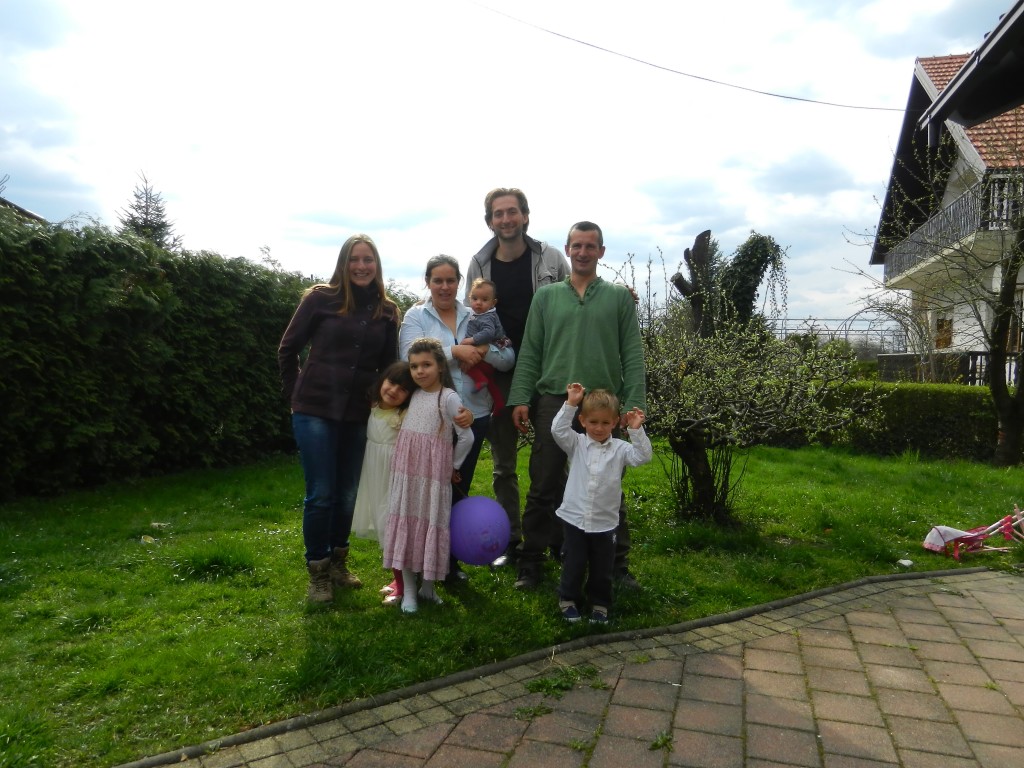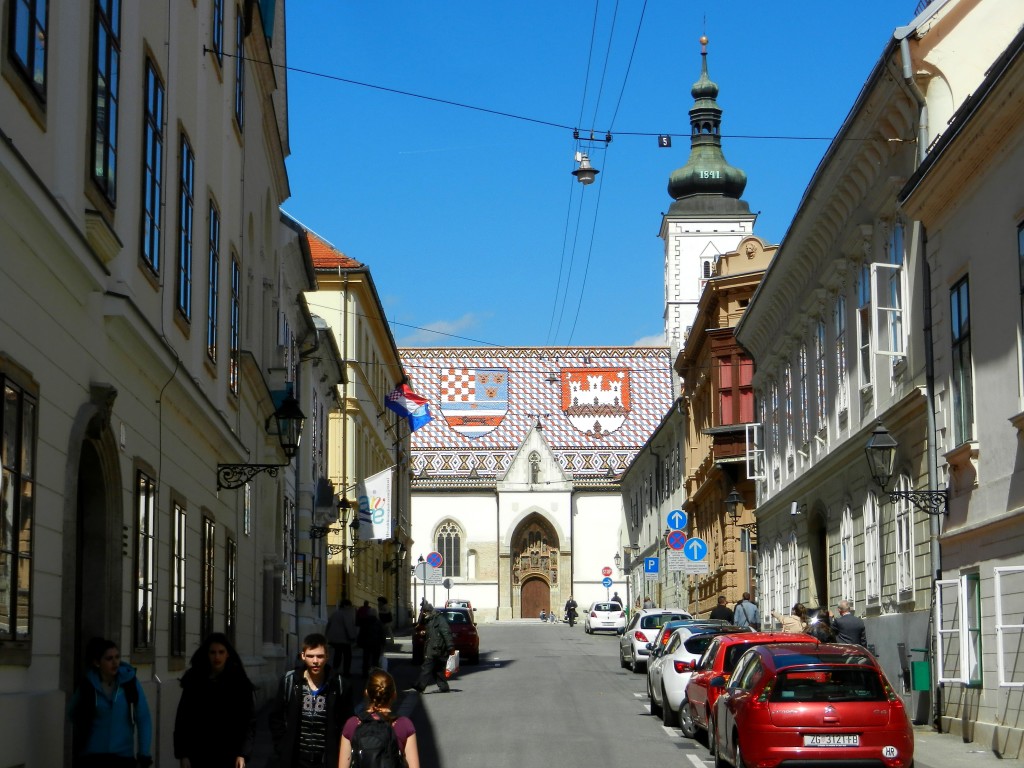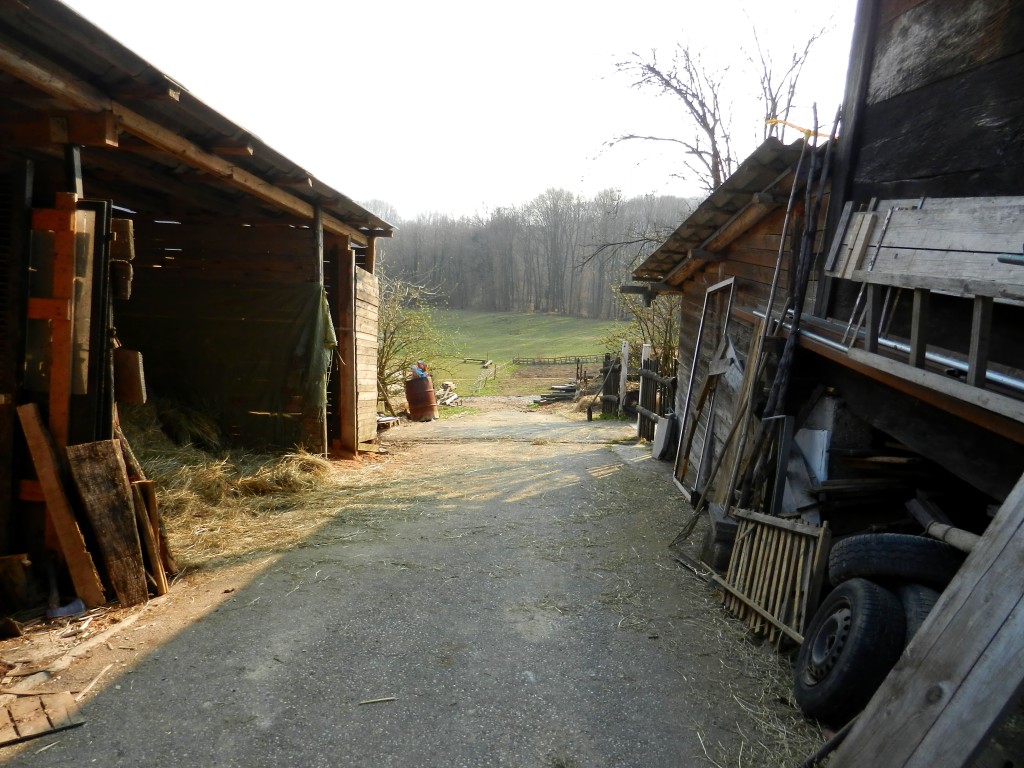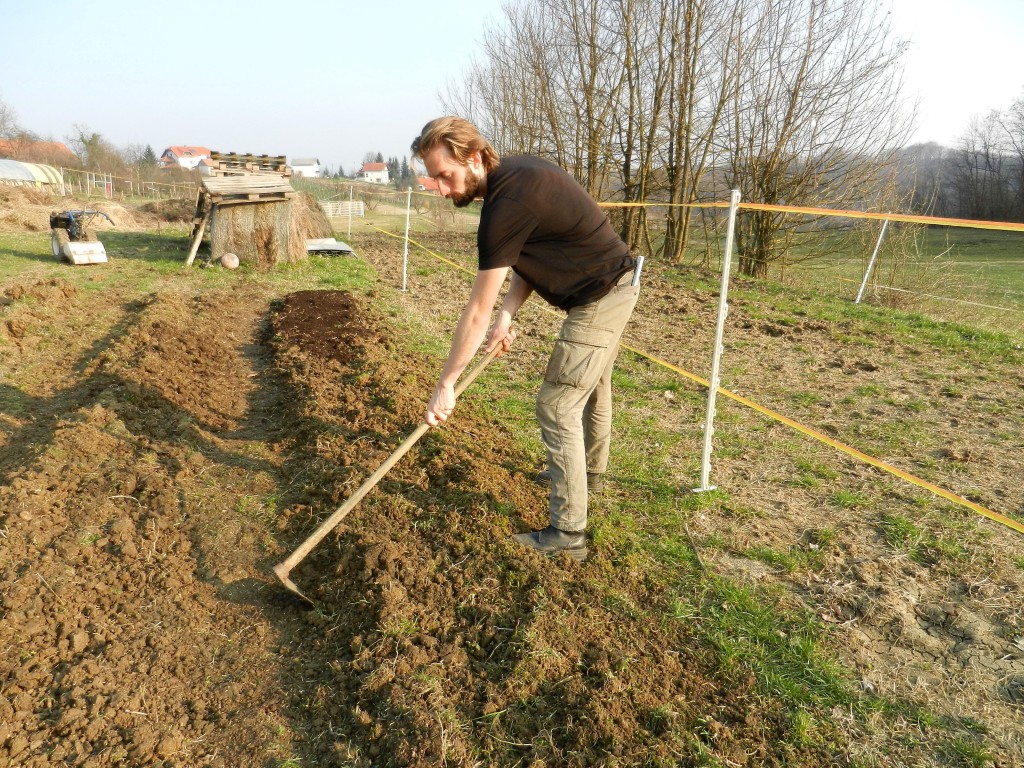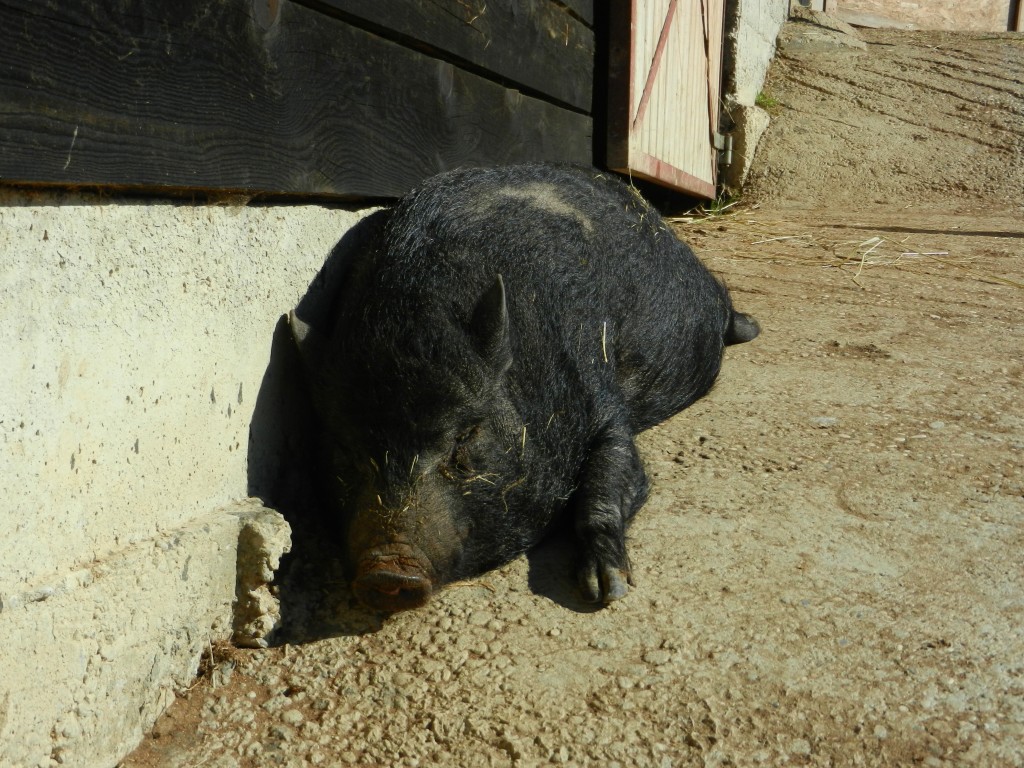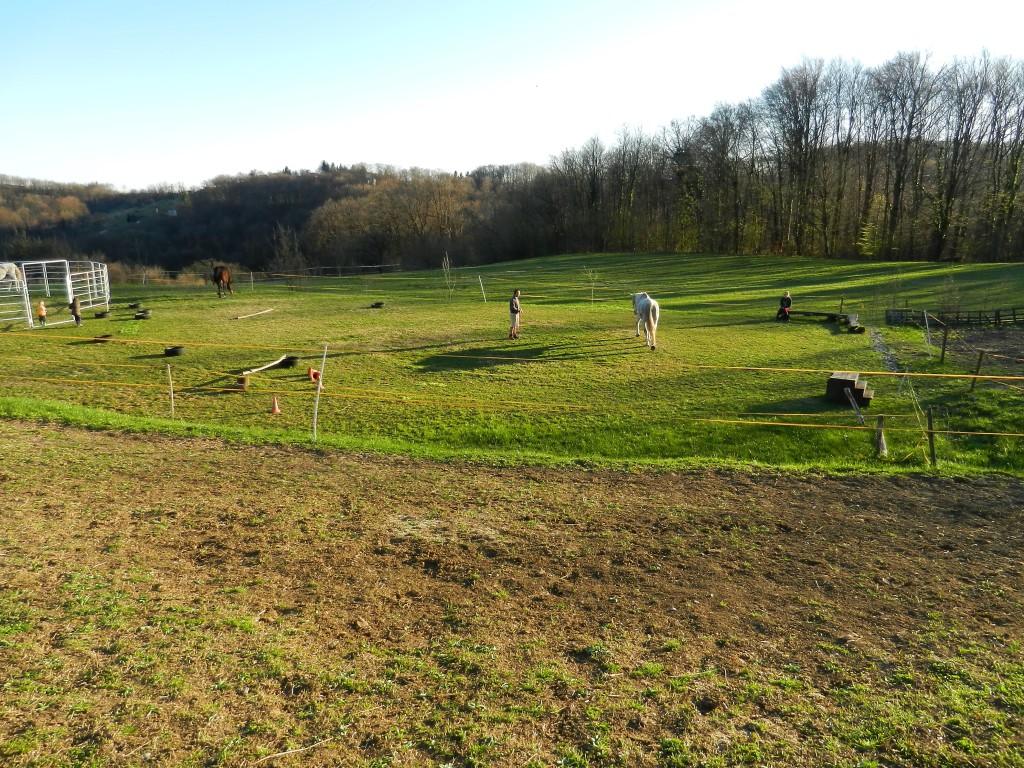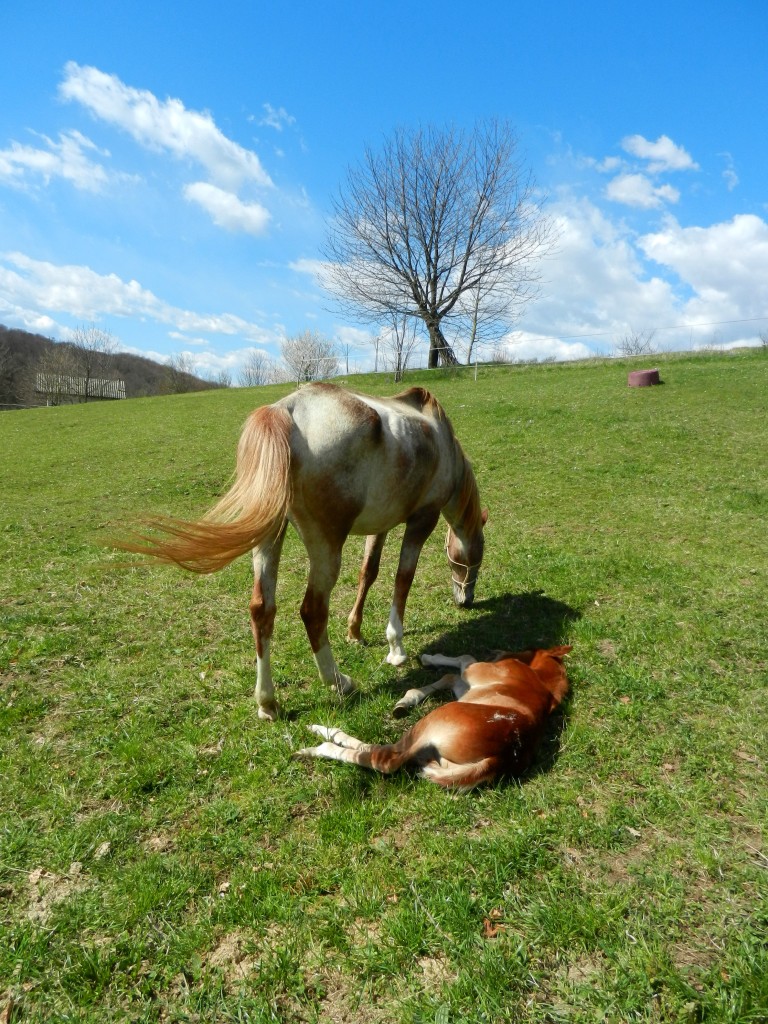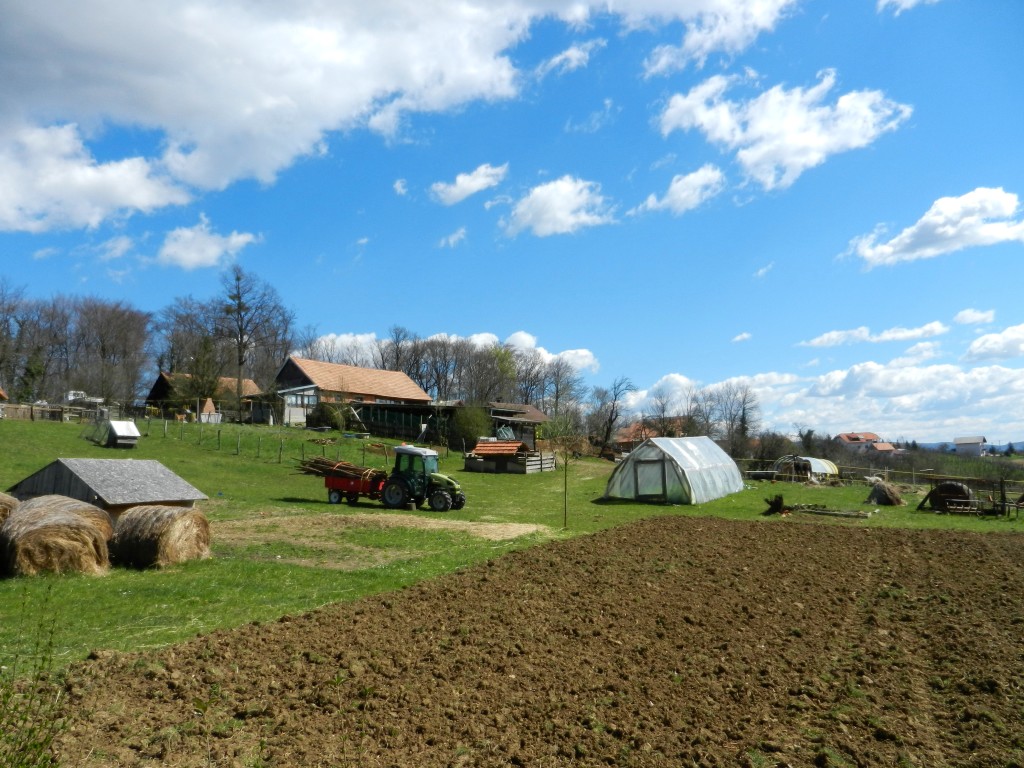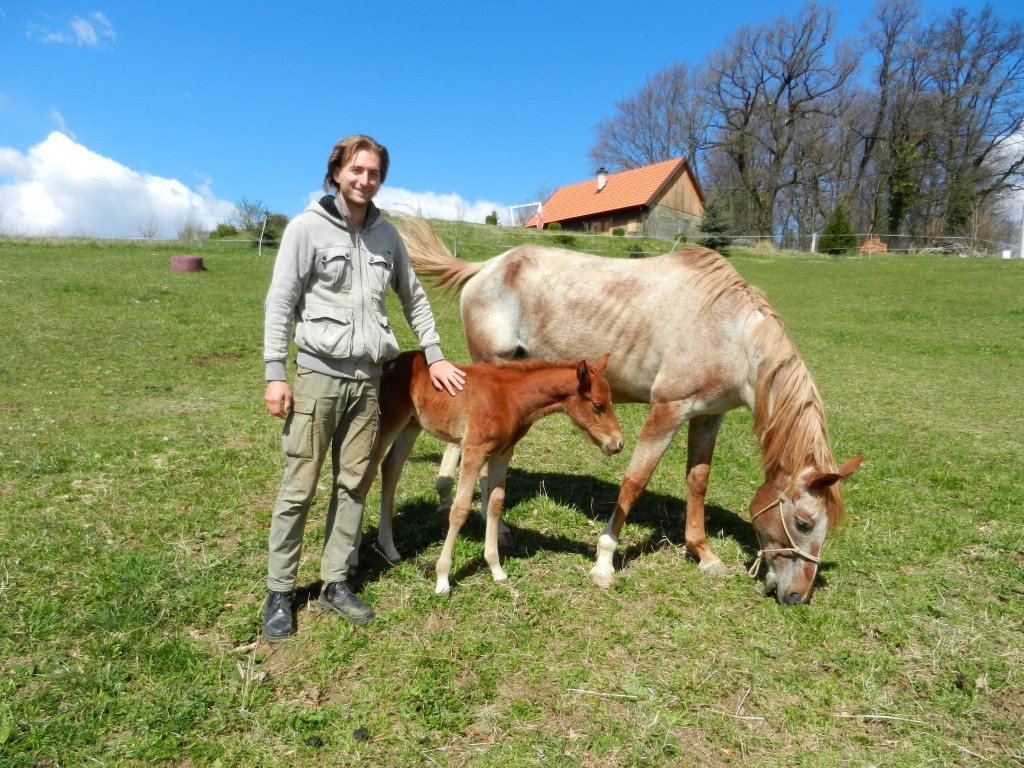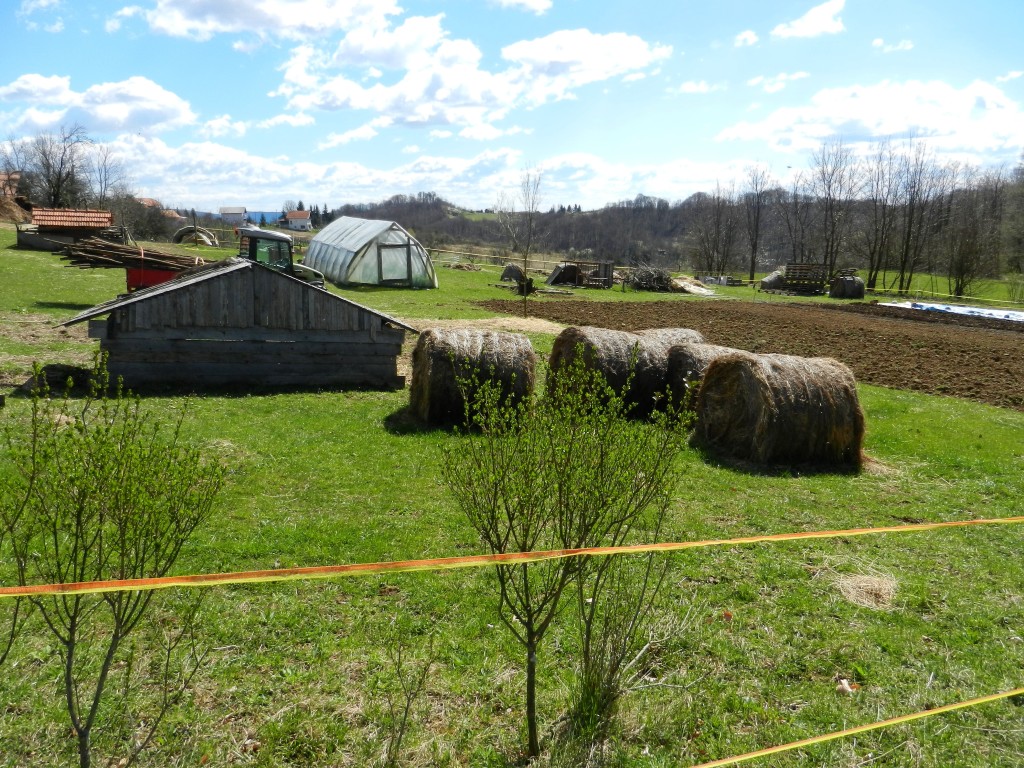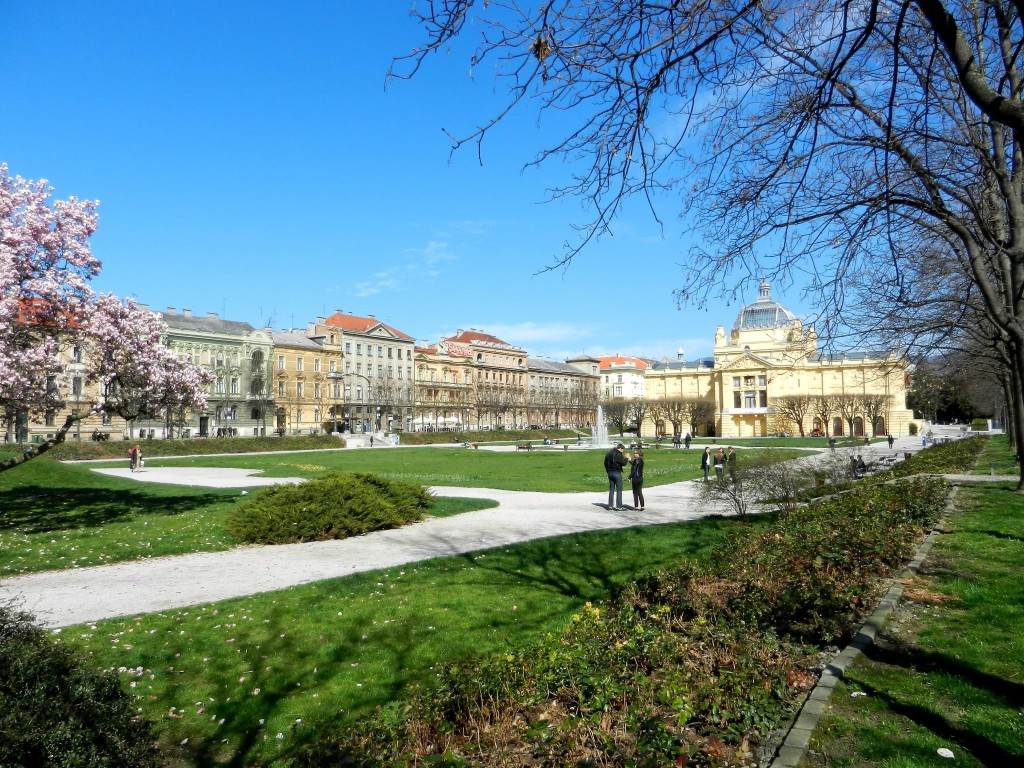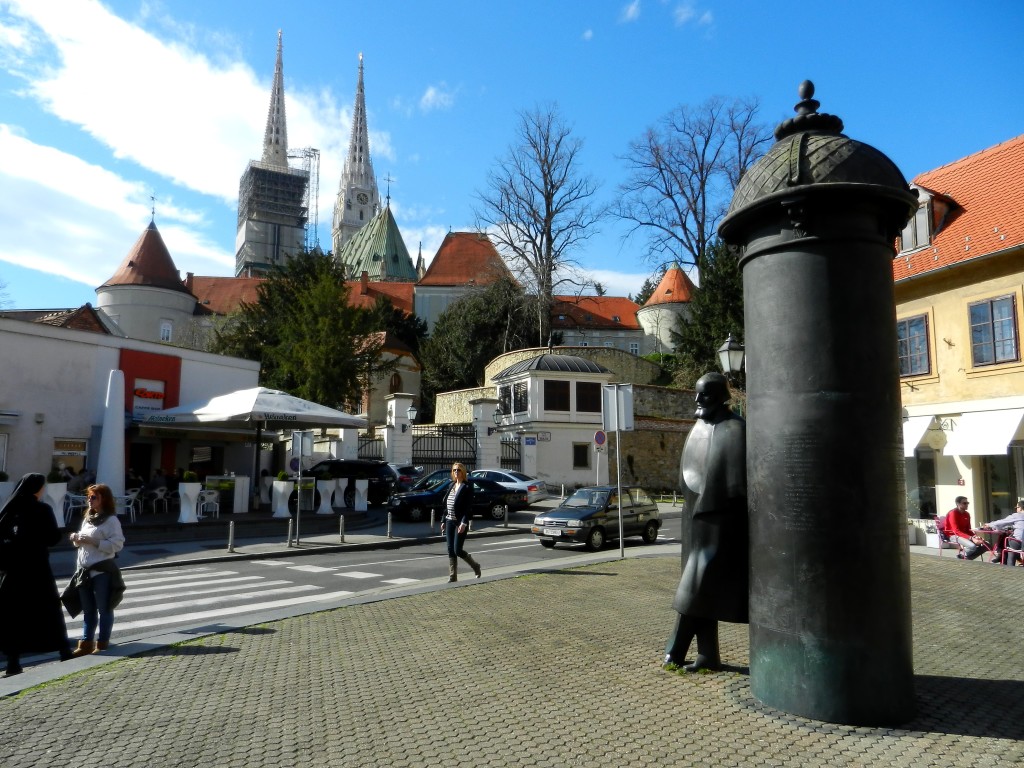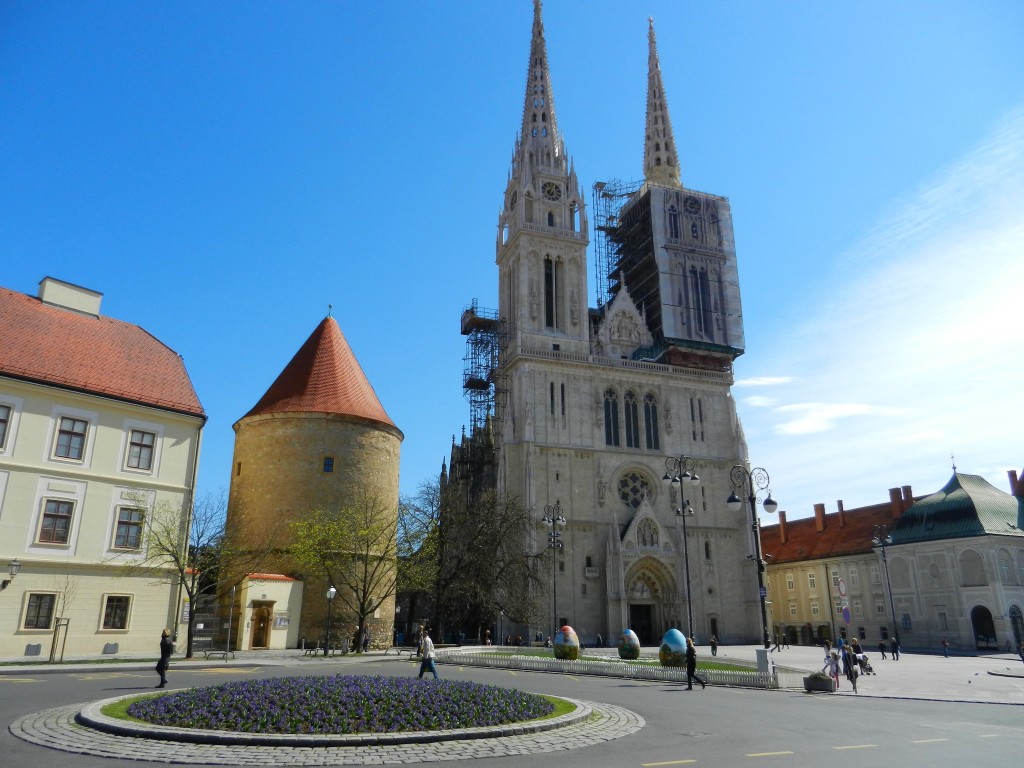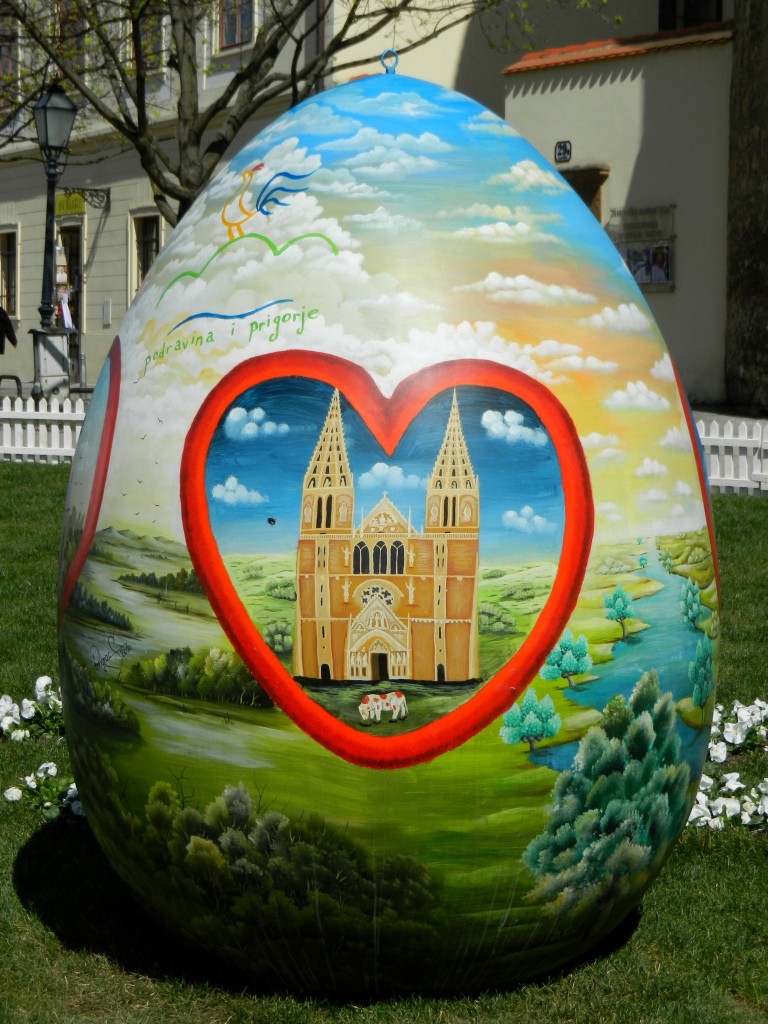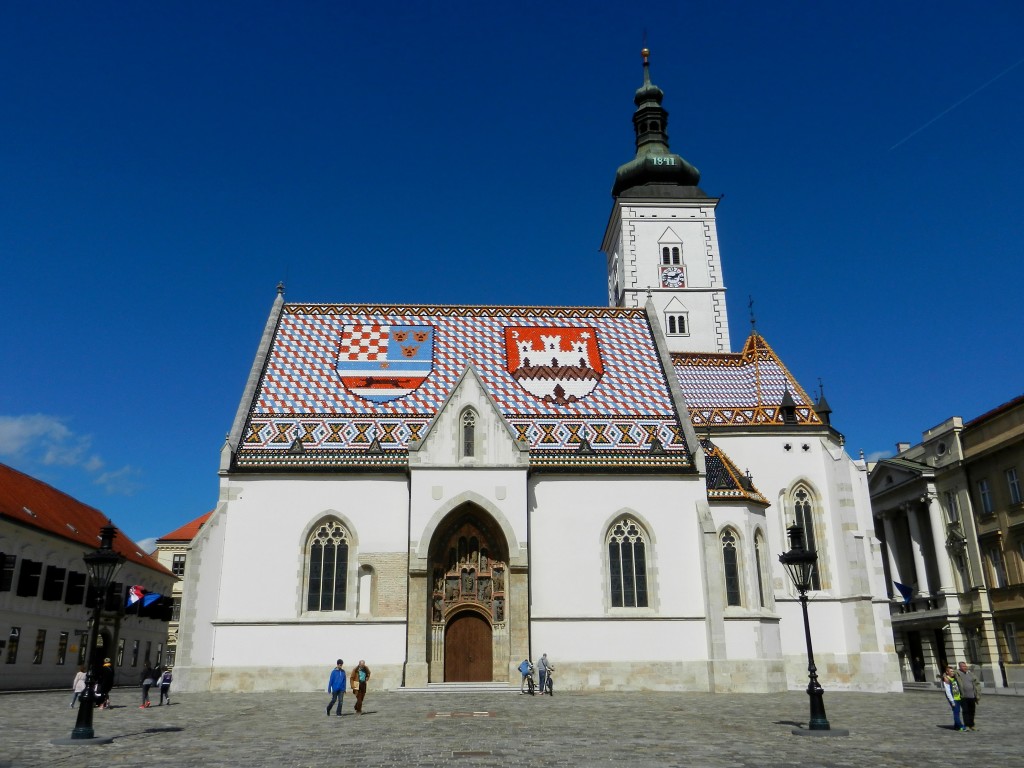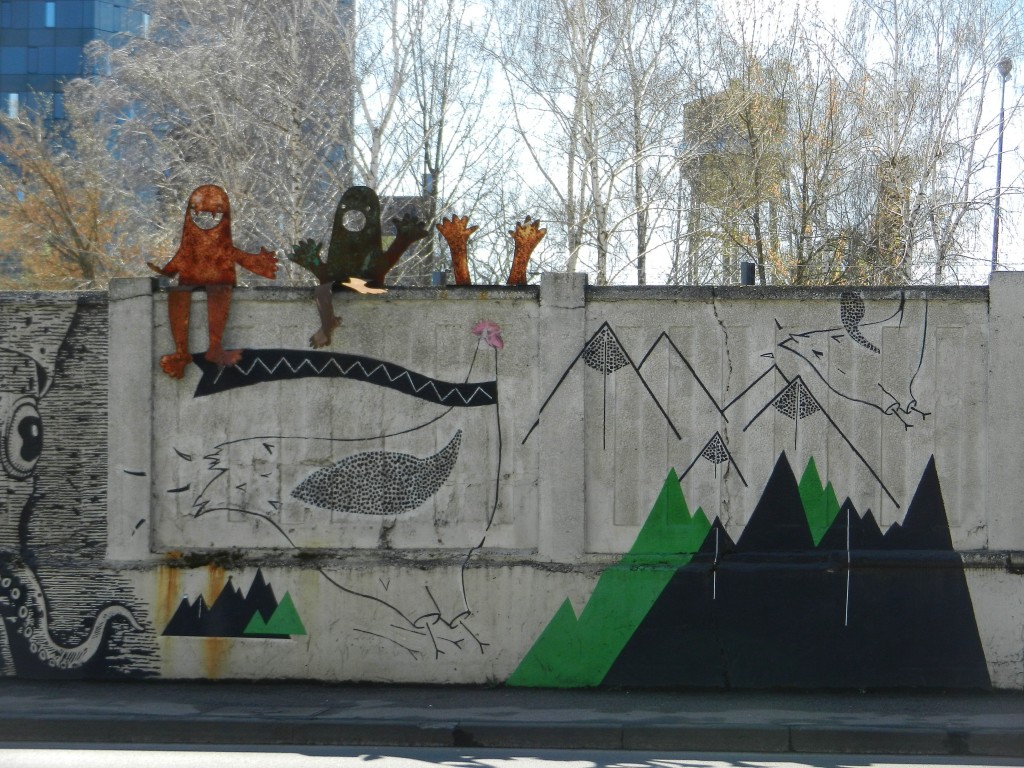We were en route to our new workaway home: a horse farm venturing into permaculture, just a short train-ride from Croatia’s capital of Zagreb. Arriving at Zagreb’s main station, we had the first of what would be many frustrations with Croatia’s transit system. While we were waiting at our designated platform, a mysterious locomotive rolled up. The train had a different number than the one we were waiting for, so we ignored it and didn’t think too much of it. As it was getting closer to our departure time, this foreign train still sat there, the display hadn’t changed, and we started to worry. Is this hunk-of-junk going to get out of the way for our ride? What’s going on? (I’m sure you can all see what’s coming). As the mystery train was finally chugging away from the platform, the screen briefly changed to display our train’s details, and then went dark. What? NO! We frantically emailed our host that we would be on the next one, shooting hate-filled glares at the displays that betrayed us. Luckily we didn’t have to wait too long, soon we were off to our temporary home near the Slovenian border.
Renato and Dunya had found an idyllic spot in the countryside to build their dream of a self-sustainable, environmentally-responsible life. They owned a large property, that they had filled with animals, and were open to testing ideas for sustainable living. Here on the farm horses grazed happily in the fields, goats bleated commentary from their stall, Vietnamese pigs napped in the hay, and the chickens scratched away at the compost. A previous workaway team had started building a grey water system and a couple of greenhouses were set up in the yard. Most of our days were spent helping with the basic, daily care of the horses (in addition to playing with the adorable foal, Dallas), and various projects around the property. We helped prepare a number of garden beds for the coming summer, watered the greenhouse, and prepared seed blocks that would be planted in the garden. In our spare time we went for walks into the local village and enjoyed the serenity of rural living.
Renato and Dunja were open and knowledgeable about a variety of organic farming methods and wanted to begin applying the principles of permaculture to their land. I had a vague idea about what permaculture was before we arrived, but it’s a really neat concept. Essentially, permaculture is the idea of creating an ecological system that can be harmonious, self-sustaining, and productive. It’s meant to mimic the healthy whole-systems we see in nature, and everything that it needs (fertilizers, clean water, soil treatments, etc.) is produced internally. I think that would be amazing if you could create your own farm-ecosystem that takes care of the soil and water resources while sustaining you. Love it!
We took a break from farm work one weekend to head into Zagreb and check things out. Zagreb is a strange blend of refined Austro-Hungarian architecture and the grey, Communist boxes that litter most of eastern Europe. When you look a little closer though, there’s more to it than meets the eye. Zagreb began as not one, but two Hungarian settlements, emerging in the late 11th century as Kaptol and Gradec. The diocese of the Kaptol was home to the bishop, monks, and nuns, and on the neighbouring hill Gradec was home to the townsfolk and craftsmen. The two settlements had a bitter rivalry and it took centuries before they came together in a more united stance. Zagreb struggled in the 17th and 18th century due to plague, fires, and other factors, but reasserted itself in the 19th century. Growing rapidly in the early 20th century, Zagreb was the second largest city in Yugoslavia and considered its economic centre. When Croatia declared independence in 1991 Zagreb managed to emerge from the ensuing war relatively unscathed, and today the capital has a thriving energy that shows no signs of slowing.
Starting at Ban Jelacic Square, we grabbed a couple of tourist maps and wound our way through Dolac Market (complete with Dalmatian lavender products, of course). The Zagreb Cathedral is a major landmark on the cityscape, but I suggest climbing the hill to the iconic tiled-roof of St. Mark’s Church (Crkva Svetog Marka). St. Mark’s Church is one of the oldest buildings in Zagreb, first built in the 13th century, and the roof is truly something to behold. The roof was tiled in 1880 and features the medieval coat of arms of Croatia, Dalmatia, and Slavonia (one of Croatia’s four historical regions) on one side paired with Zagreb’s emblem on the other. We couldn’t quite decide if it was spectacular, or perhaps a bit tacky, but it makes lovely photos. Just down the street is a museum whose name seems to be on everyone’s lips, the Museum of Broken Relationships. People from around the world have sent in their mementos from love affairs gone wrong, fractured friendships, and troubled familial relationships. It’s a small museum, but the stories will keep you reading for a couple of hours and reflecting for much longer.
Our train ride home was even more eventful than that first night. We readied ourselves this time, determined that we wouldn’t make the same mistake again. We sat at our platform early and waited patiently. Just before our train was set to arrive, an announcement came on (in Croatian), and suddenly everyone else who was waiting left. We sat a bit stunned for a couple of minutes… was the train delayed? Indecisively, we waited a few minutes longer before making our way back to the main building. We checked the board and our train was no longer listed. We looked at each other, horrified, NOT AGAIN. We sent an embarrassed email to our host saying that we were going to be a bit late, once again. We stepped out onto the first platform and asked the most official-looking person there what had happened to our train. “Railway strike. That was your replacement train,” pointing to a train already leaving the station, “Next one will be in an hour.” Shaking our fists at the train station, we slumped in our seats, defeated, and waited for the next train.
On our final afternoon with our lovely workaway family, they were kind enough to invite us for Easter lunch with their relatives. Of course we said yes to such a kind gesture, but we had no idea what we were getting into. Our own families have big Easter dinners, but this was on a whole other level. Dish after dish was brought out: goose, rabbit, pork, potatoes, soup, salad. Even just sampling a little from each we still couldn’t make it through them all and the last few dishes weren’t even brought out because everyone was so full! After bidding our Croatian family a sad, but very full, goodbye, we hopped on a train for a last night in Zagreb before leaving in the morning for Italy (and meeting up with my family!!!).
